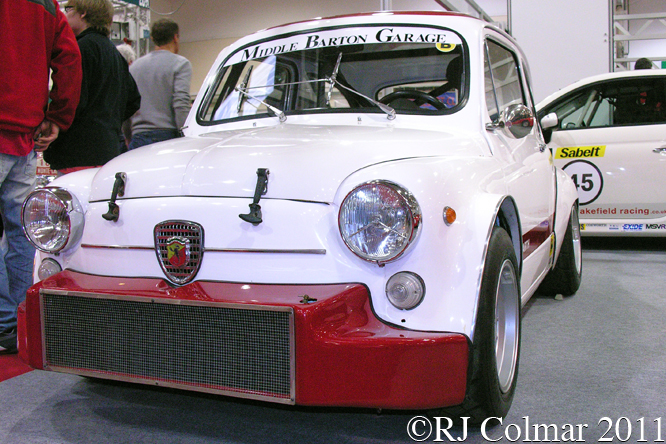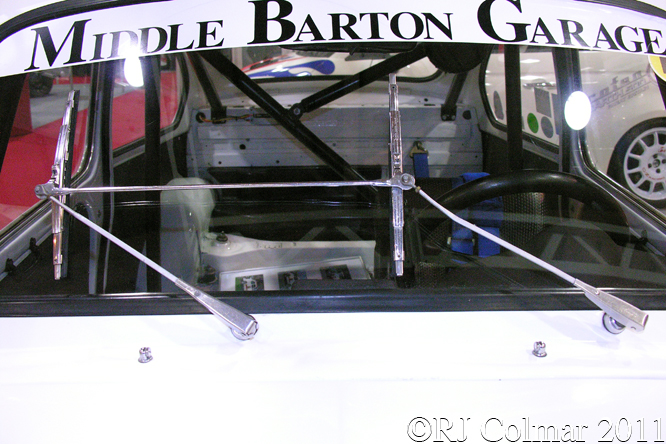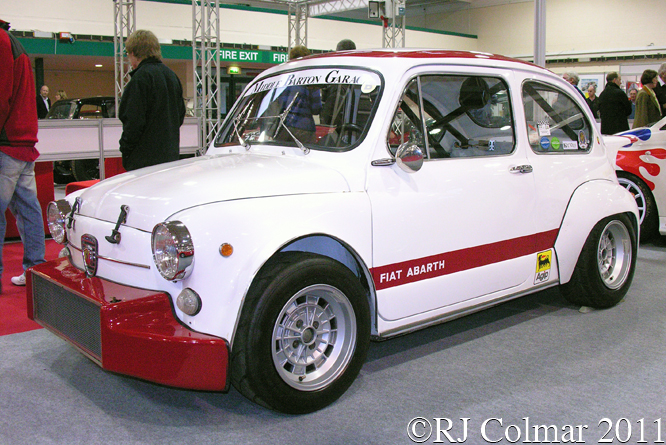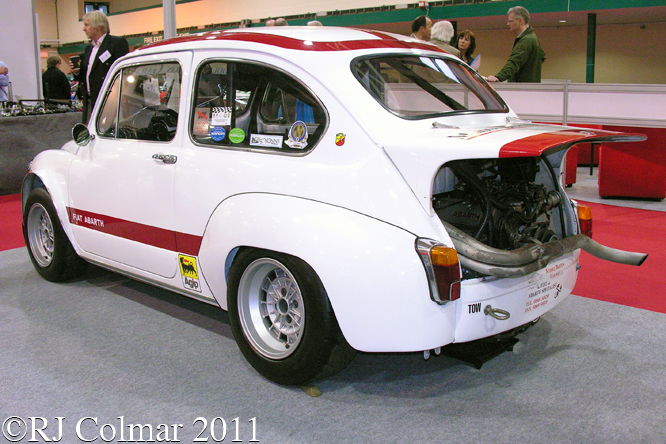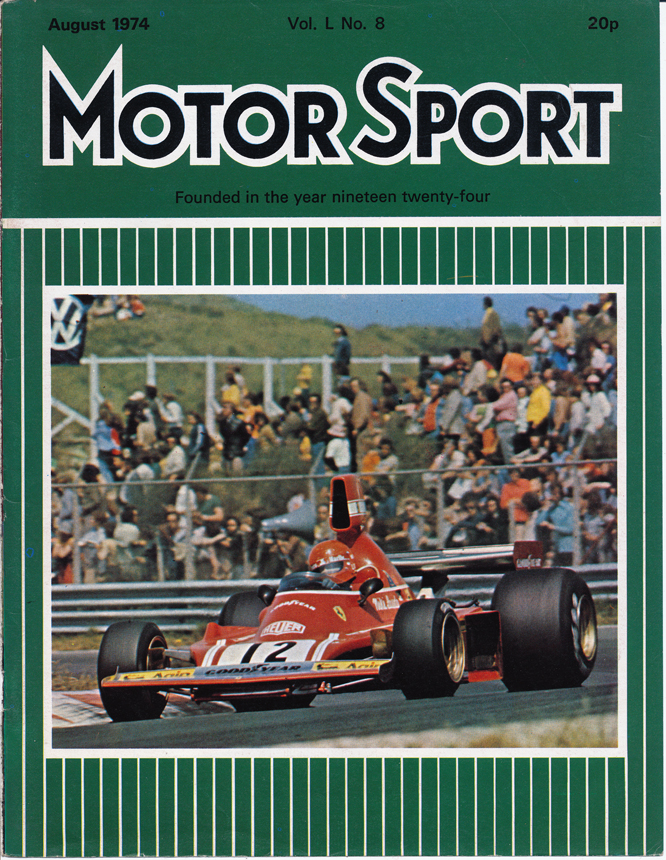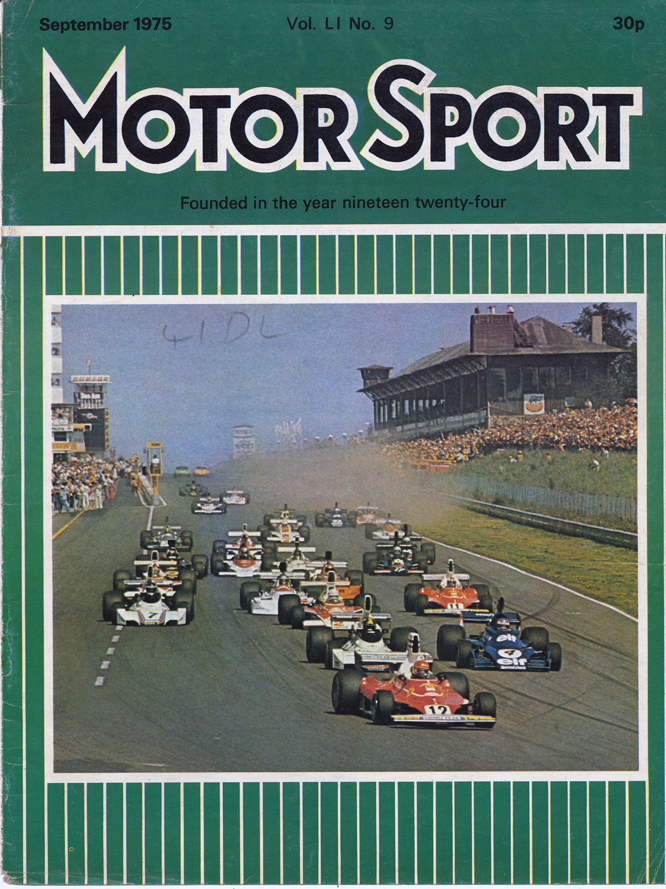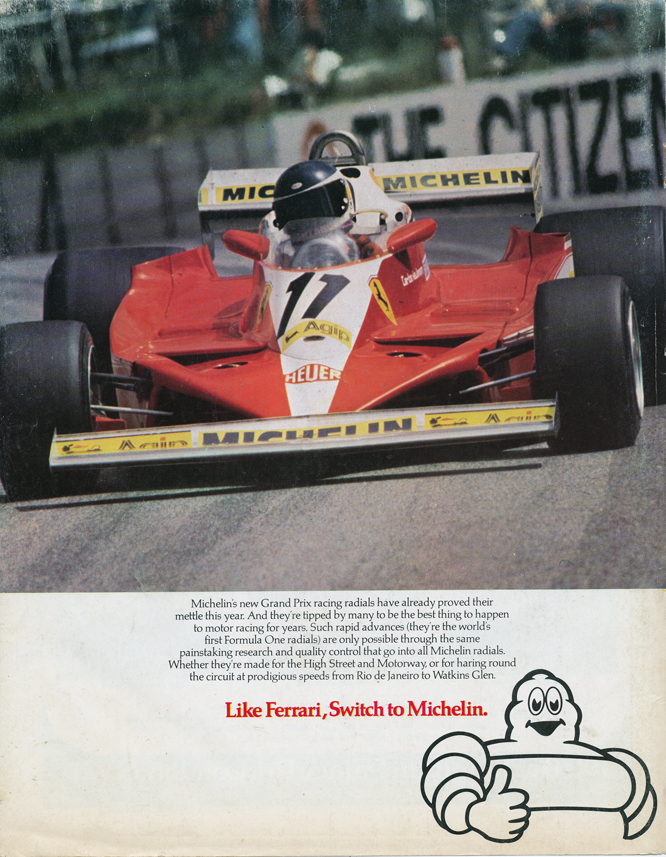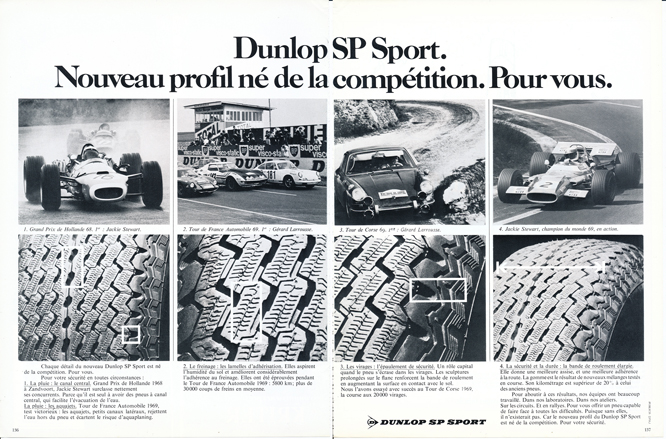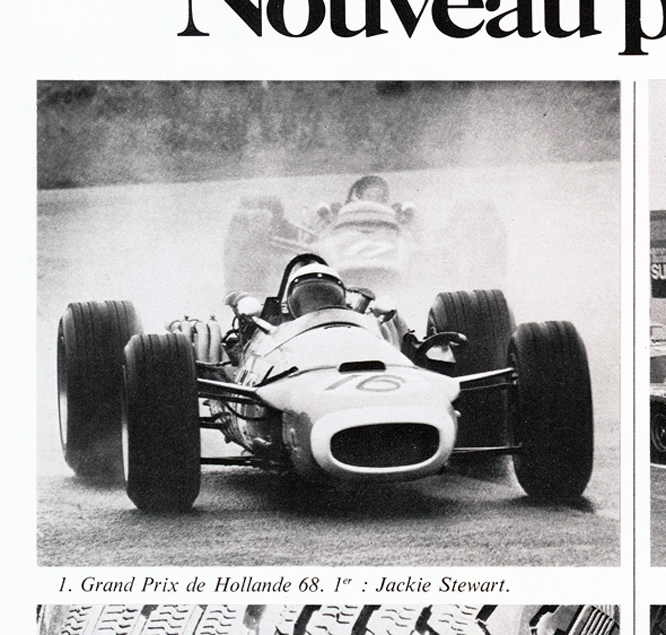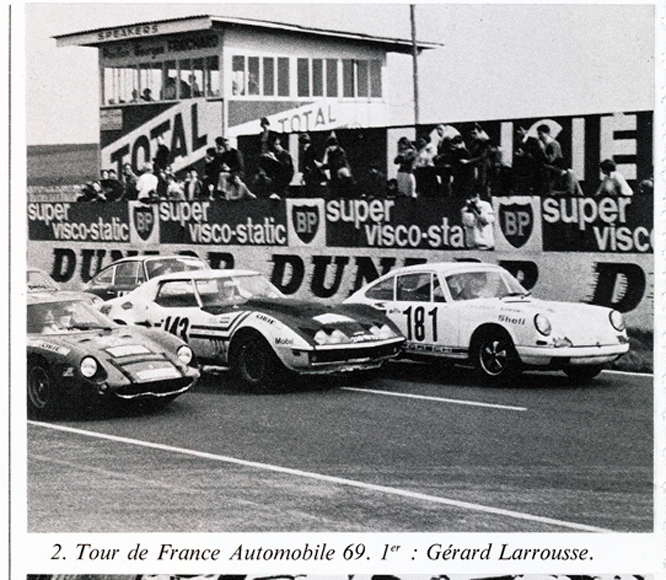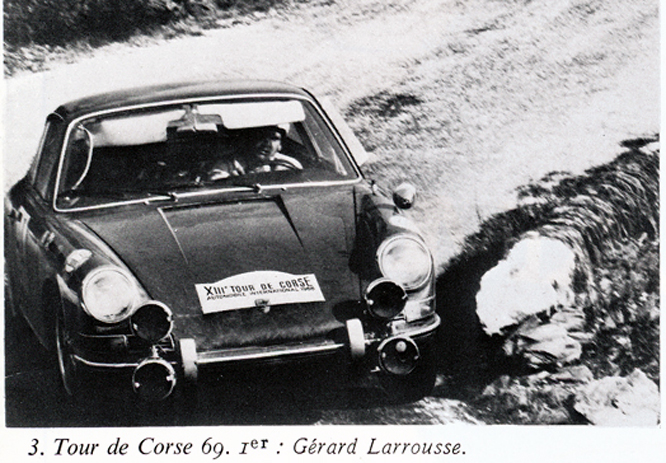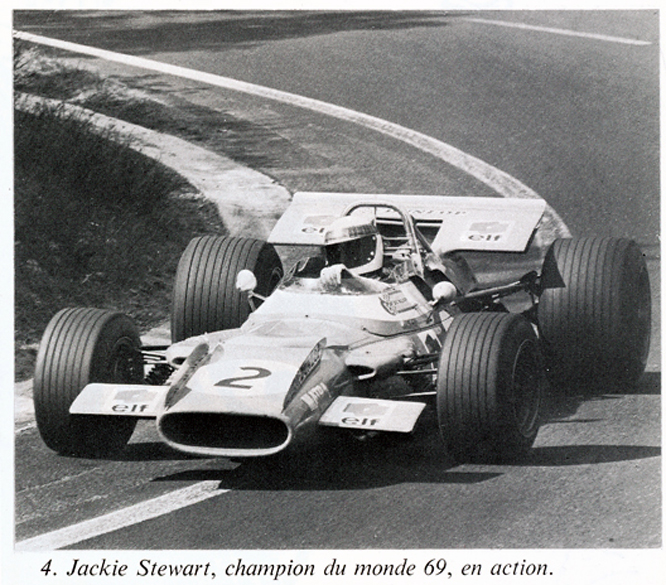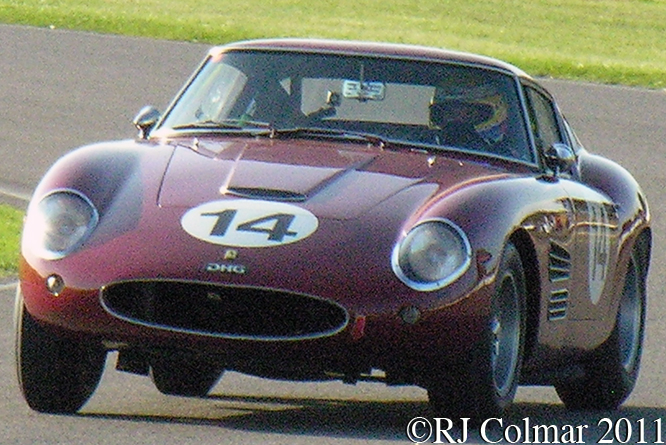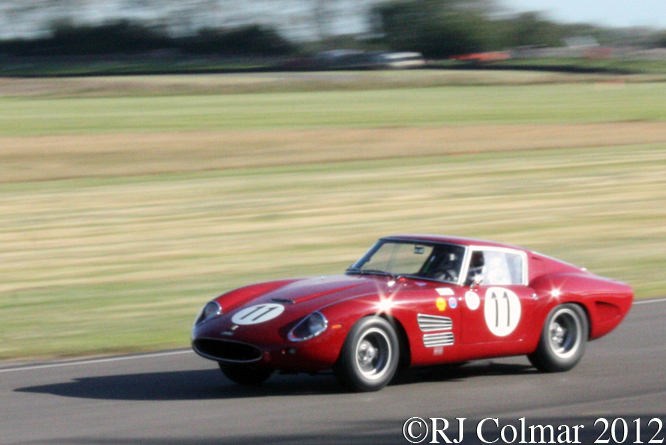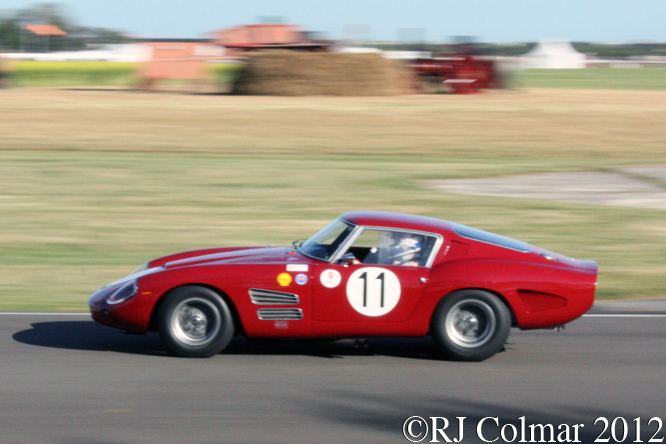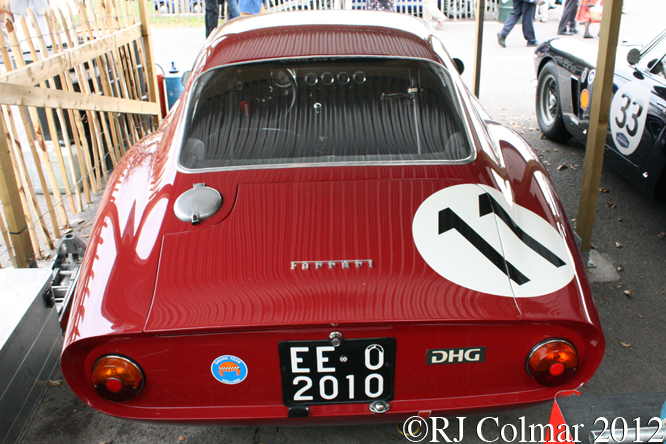By 1954 Alfred Owen of the Rubery Owen Group had taken over the running of BRM from the British Motor Racing Research Trust which had been set up nine years earlier to build a British World Beater. The 1.5 litre / 91.5 cui supercharged V16 cars were updated to a short wheel base spec since there were few races for them to compete in that required large capacity fuel tanks necessitated by Championship Grand Prix race distances.
The World Championship started running to 2.5 litre regulations in 1954 and the first two races of the season were won by Juan Manuel Fangio who was entering what turned to be his prime driving a six cylinder Maserati 250F. Fangio then moved as agreed pre season to the Mercedes Benz team who were embarking on their third blitzkrieg on the top echelon of the sport in 60 years. Fangio won the ’54 and ’55 World drivers championships with the German team who successfully applied desmodromic valve and fuel injection technology to their straight eight W196 cars.
Fangio joined Ferrari, who were running V8 powered D50’s gifted from Lancia, in 1956 to win a third straight title and then rejoined Maserati in 1957 to win a forth straight and record fifth title with the Maserati 250F. Fangio retired midway through ’58 and his championship records stood for nearly 50 years until a German called Micheal Schumacher came along and broke them early in the 21st century.
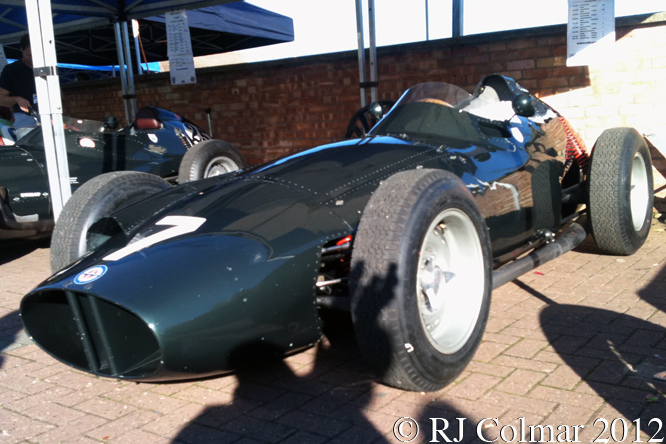
Meanwhile Chez BRM things were progressing at a more leisurely pace a new Type 25 car was being designed with a simple 4 cylinder engine with large valves and an interesting three disc braking system with the rear disc being mounted on the back of the transaxle. Despite being much simpler than the V16 the car did not make it’s first public appearance until September 1955 by which time the Owen Racing Organisation had bought a Maserati 250F and entered it into a couple of World Championship events for Ken Wharton who finished a best 6th in the 1954 Swiss Grand Prix. Peter Collins drove the car in two World Championship events in 1955 but retired from both.
The Type 25’s, chassis type P25 and engine type P27, were supposed make their World Championship debut at the 1956 Monaco Grand Prix but were with drawn after the valves were damaged. Three cars were entered for the 1956 British Grand Prix but none finished however Mike Hawthorn led a BRM 1-2 followed by Tony Brooks for a while before retiring with a suspension problem. Brooks crashed out with a sticking throttle, his car ended up a completely burnt out right off, while Ron Flockhart retired with valve trouble after completing just 2 laps.
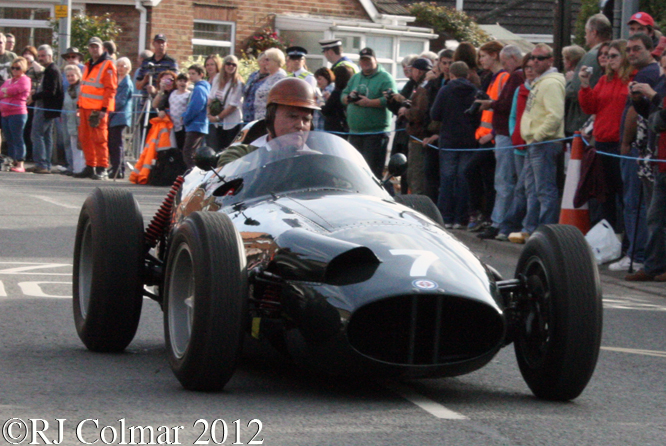
The Type 25’s did not appear in the championship again until Monaco in 1957. Nothing substantial was achieved by way of championship results but the Type 25’s did start winning non championship races, Jean Behra scoring the first at Caen.
1958 saw Jean Behra and Harry Schell compete in most of the races with the Type 25. Behra finished a seasons best third in Holland one place behind team mate Schell.
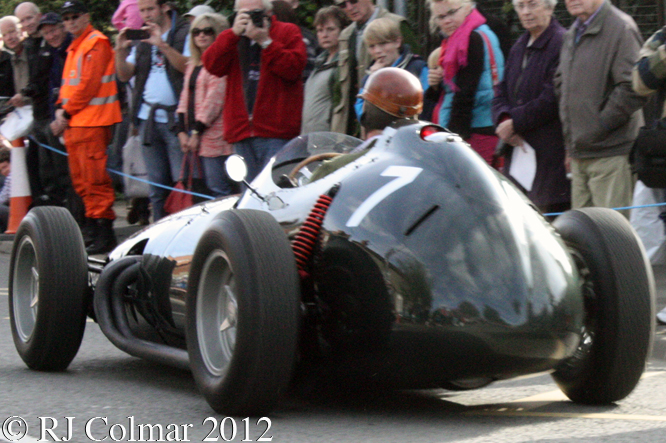
Jo Bonnier replaced Jean Behra who had moved to Ferrari in 1959 and with team owner Alfred Owen having agreed to hand over two cars to the BRP team to run for the remainder of the season prior to the ’59 Dutch Grand Prix the pressure was really on BRM to deliver going into the race. Bonnier arrived at Zandvoort with the disappointment of having almost won the Targa Florio in a Porsche having led most of the way.
The Type 25’s were quick in practice much easier to handle on their 15″ wheels than on the original 16″ with the benefit of much less tyre wear. After a great race with the works rear engined Cooper Climax’s driven by Marsten Gregory, champion elect Jack Brabham and the Rob Walker entered car of Stirling Moss all of whom experienced gearbox issues the smoothly driven BRM Type 25 #258 of Jo Bonnier crossed the line first to win the BRM team’s first Grand Prix 14 years after the team’s announcement in 1945. BRP headed by Stirling Moss’s father offered to reverse the agreement with Alfred Owen and settled for just one car #2510 which they ran in distinctive light green with white wheels livery.
Despite the BRM finishing 3rd in the World Constructors Championship the writing was on the wall that front engined cars were obsolete as the Coopers of Moss and McLaren convincingly won the last three races of the season and Jack Brabham won the first of two consecutive world championships.
Chassis #258 was purchased by Spencer Flack from The Hon. Amschel Rothschild in 2001 for an alleged £1.5 million. The following year while racing the car at Philip Island Spencer sustained fatal head injuries when he was thrown out of it. The car which had split in two and caught fire was rebuilt at the insistence of his widow and now belongs to John Pearson who is seen at the wheel in these photo’s taken at last years BRM Day.
Thanks for joining me on this “Pressure and Success” edition of “Gettin’ a li’l psycho on tyres” I hope you will join me again tomorrow. Don’t forget to come back now !
09 07 13 Errata I originally posted Roy Salvadori won the 1957 Caen GP in fact, as Tim has kindly pointed, out Jean Behra drove BRM Type 25 #253 to victory beating Roy Salvadori.
